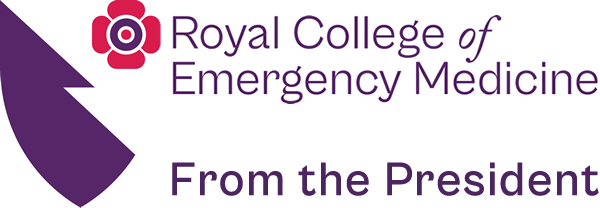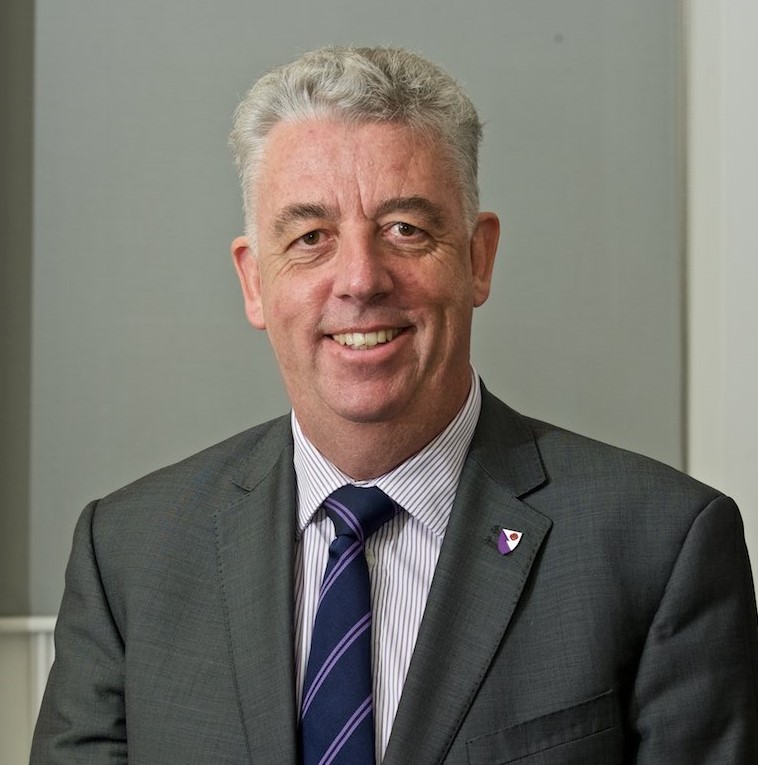A new year and an opportunity to reinvigorate our work at the College.
As I write this, in mid November, it is a challenge to put oneself in mind of 2015 albeit only 8 weeks hence. On this day that I put pen to paper I have met with the Secretary of State who has informed me of further money to be released to ease the winter pressures; indeed a considerable sum – £300 million on top of earlier monies totalling £400 million.
Of course I welcomed this news (noting that this applies to England only) but emphasised the need to ensure that such ‘rescue packages’ should become unnecessary. The press release we issued reads as follows.
The College of Emergency Medicine welcomes the announcement today of further funding for urgent and emergency care. This represents the largest annual additional funding yet seen. The College and the public will expect this money to ‘follow the patient’ and as such we will hold budget holders accountable for the necessary investment in A&E staffing levels to ensure our patients receive high quality care in a timely fashion.
The College has campaigned for equitable funding of emergency care to enable hospitals to provide adequate services, plan with confidence and avoid the need for an annual winter funding announcement and the associated short term spending associated with it.
The College President, Dr Cliff Mann, said: ‘The greatest challenge facing A&E departments in the UK is the chronic under-staffing of these units brought about by tariffs that are unfit for purpose and contracts that discourage employment in emergency medicine. Last year over £150 million was spent on A&E locums and in the last few years we have further squandered £130 million training doctors who have emigrated to work in emergency medicine in Australia.
The government’s investment of £700 million this year sends a powerful message to Monitor, NHS England and NHS employers to address these issues that blight every A&E department in the country.’
The College will indeed hold others to account. The sums involved equate to over £3 million pounds per department, although how much of this funding each of us sees will depend upon commissioners, boards and many others. In consequence we will be writing to each Clinical Service Lead or equivalent to determine whether or not this investment in our EDs has occurred.
I have attended a number of great events recently, including the Military Tri-Service conference and the Scottish EM forum. I was struck by two people in particular. The first is a lady who is a serving member of the armed forces who has undertaken several tours in Afghanistan. In the UK she is an EM consultant in a major city department. She recounted the pressures placed upon her
in both these locations summing her reflections with the phrase ‘it is far more stressful working the late shift in my ED than any shift in Camp Bastion’.
The second is the Chief Executive of Scotland’s largest Health Board. He described how staffing problems at middle and senior level in one of his emergency departments had almost led to its closure. Through ingenuity and a targeted recruitment campaign they managed to secure five new middle grade doctors. However the week before they were due to start he was informed one had withdrawn as they had been unable to rent their apartment and couldn’t therefore afford the rent on a second property in Scotland. The CEO intervened as a months rent in Edinburgh was less than the cost of a weekend locum.
So we find ourselves in the second decade of the 21st century with military personnel more stressed by their own UK department than life in a war zone and CEOs reduced to arranging rental agreements for accommodation for ED middle grades. Nothing could more eloquently encapsulate the need for proper funding of our departments and equitable contracts for our workforce.
A recurrent theme of my epistles has been the persistent misrepresentation of the real ED world.
We were told there is no crisis in EM staffing – why then did HEE invest £50 million in new posts?
There was no problem with the activity data – why then did the DH and Treasury agree to let the College lead the work to create a proper system and allocate £1 million to enable it. We were told that terms and conditions were not a barrier to recruitment – why then did the Secretary of State agree they were when speaking at the dispatch box in parliament. We were told that many organisations would not recognise the terms ‘exit block’ and ‘overcrowding’ – but we succeeded in ensuring they formed part of the DH Winter Planning Guidance. We were told that the issues we were exercised by were ‘niche’, ‘complex’ and ‘esoteric’ – why then did the BJHM commission us to write a series of articles on these very topics and devote their entire November edition to them. I could go on. Suffice it to say that it is for this reason our March policy conference will take the form of a ‘myth busting’ exercise aimed at Trust executives, commissioners, managers as well as clinicians. We have made great strides in publicising our message but much remains to be done. I can assure you that wherever you work, in the UK or Ireland, the College will strive even harder in 2015 to correct these myths, inform the debate with reliable data and argue a cogent case to ensure the CEM10 are delivered. I wish you all a very happy 2015.
Dr Cliff Mann FCEM FRCP
President
The College of Emergency Medicine
@CEMPresident


